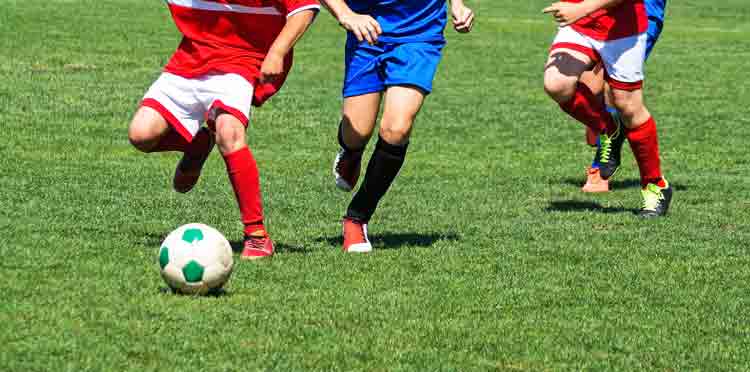
Children and adolescents have two disadvantages when it comes to heat illness, which makes them more susceptible. Both their decreased sweat response (we cool off by sweating) and their poor thirst response (the feeling of being thirsty) when compared to adults. It is for this reason that heat illness is the 3rd leading cause of death in athletes in the U.S. The illness is categorized by the degree of temperature elevation:
Heat Cramps
Mild dehydration leads to cramps in the hamstrings or calves, and responds well to electrolyte fluid replacement.
Heat Exhaustion
Characterized by a 100-103 degree body temperature, along with headache, weakness, nausea and vomiting. The treatment is to remove the clothes, apply ice packs to the body and to place the patient under cooling fans. Fluids are given for rehydration, whether by mouth or via an IV.
Heat Stroke
A medical emergency characterized by a body temperature of >104 degrees paired with intense sweating caused by overexertion. The patient is immediately cooled to prevent organ damage, and IV fluids are administered. Unfortunately, the result is death in 50% of cases,
Athletes are encouraged to drink water every 20 minutes, and if exercise exceeds 1 hour then an electrolyte-rich sports drink is indicated.







